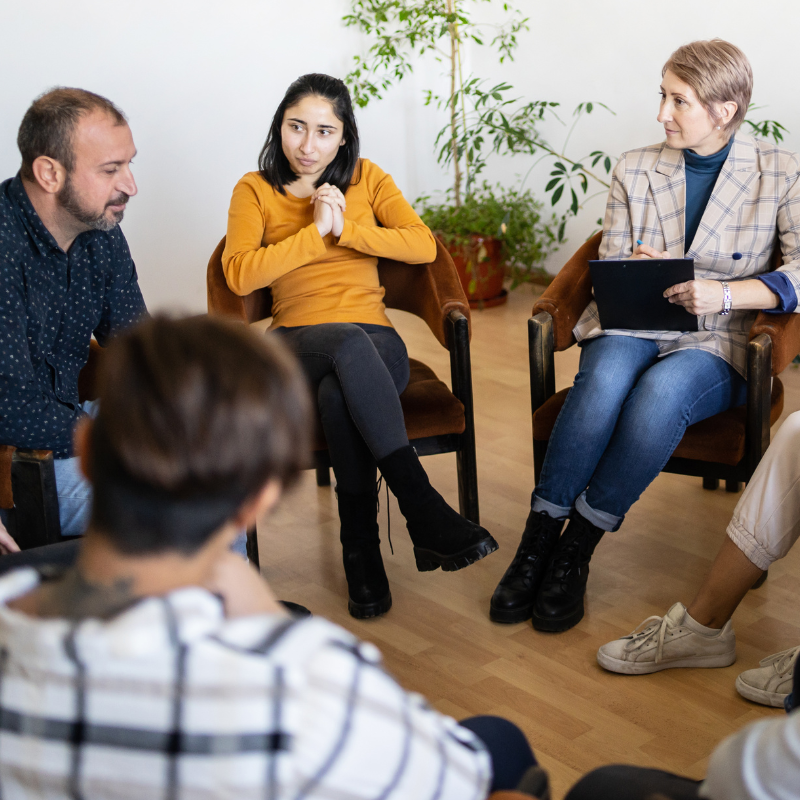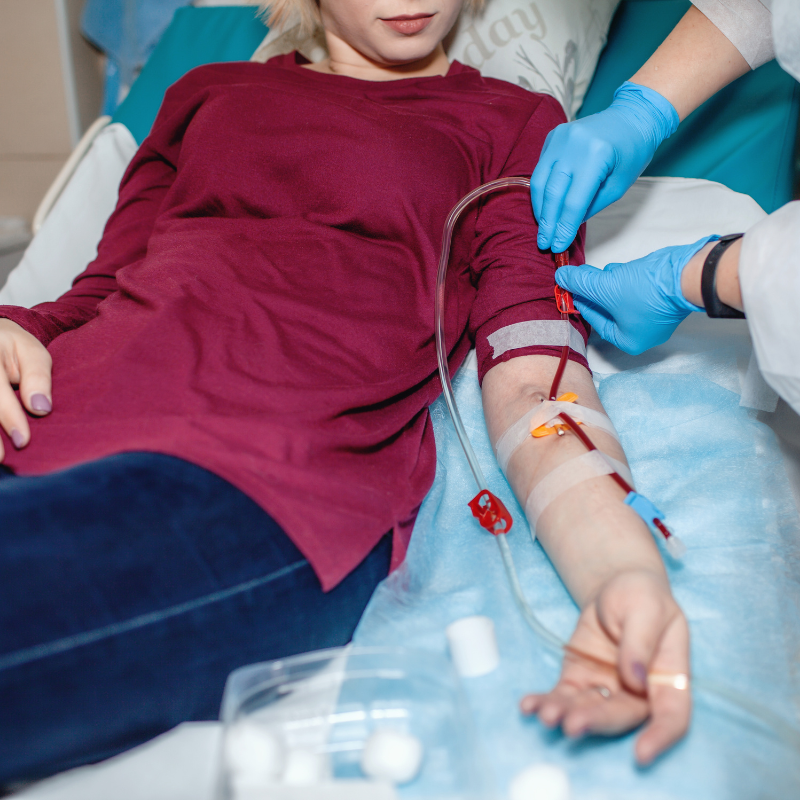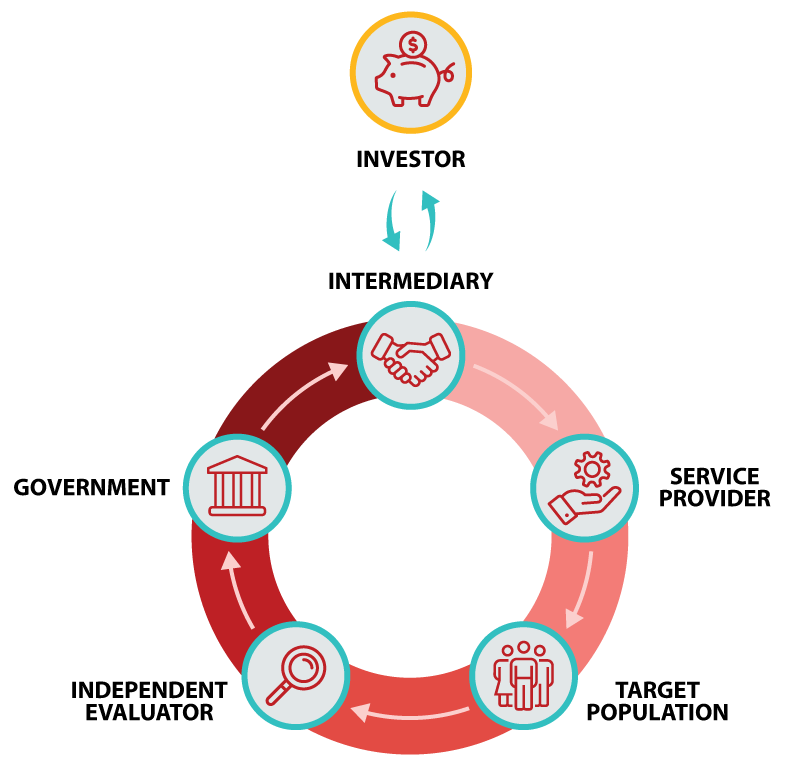Imagine improving lives, increasing economic output and productivity, and achieving cost savings for tax payers. The University of Utah’s Office of the Vice President for Research has developed an innovative program designed to do just that.
Research to Results is a public-private partnership that brings proven research, program managers, service providers, and evaluaters together to implement outcome-based approaches to address issues including addiction, chronic homelessness, criminal justice, and public health.
3-5
YEARS$70.5
MILLION SAVED12,865
UTAHNS HELPEDHow It Works
Achieving results while transferring risk of performance to the investors
Research to Results changes the way government and other funders pay for proven social interventions. The initiative employs a funding strategy similar to other lauded Utah “pay-for-success” models that transfer risk away from government, demand outcomes, improve lives, and provide measurable ROI.
![]() OUTCOME PAYER
OUTCOME PAYER
Contracts to pay for predetermined outcomes
![]()
IMPACT INVESTORS
Provide working capital to fund program
![]()
SERVICE PROVIDERS
Implement programs within the target population
![]()
*OUTCOME PAYOR
Repays investors only if independent evaluation shows outcomes achieved
*Outcome payors are typically state or local government agencies.
THREE PROVEN SOLUTIONS
The University of Utah is uniquely poised to leverage home-grown, proven research to address some of our most pressing societal problems: addiction, chronic homelessness, criminal justice, and public health. Read about the three interventions that are currently in the feasibility stages of development.
Mindfulness Oriented Recovery Enhancement
Mindfulness Oriented Recovery Enhancement is a mindfulness-based psychotherapy for individuals with opioid use disorder and chronic pain. Developed by Dr. Eric Garland in the University of Utah’s College of Social Work, the program has been proven to reduce opioid use by 45 percent in more than 10 years of trials.
Implementation partners:
- University of Utah College of Social Work
- Primary Care Clinics
Anticipated outcomes: This partnership is estimated to serve more than 12,000 people over five years for a cost of $5 million and a potential State savings of about $50 million.


Integrated Home for Chronically Homeless
Integrated Home for Chronically Homeless is a medical and behavioral health clinic for individuals experiencing homelessness and mental illness. Developed in partnership with the Road Home, 4th Street Clinic, and the Huntsman Mental Health Institute, similar supportive housing strategies have resulted in 50% less drug use, 60% less jail time, and a tenfold reduction in shelter utilization.
Implementation Partners:
- Huntsman Mental Health Institute
- 4th Street Clinic
- The Road Home
Anticipated outcomes: This partnership is estimated to serve 250 people over 3 years for a cost of $9 million and a potential State savings of $22.9 million.


Intensive Outpatient Clinic
The Intensive Outpatient Clinic is an integrated medical and behavioral health clinic providing care for high-cost, medically complex patients. This clinical approach reduces healthcare costs and utilization, criminal justice interactions and substance abuse. Under the direction of Chief Population Health Officer, Dr. Peter Weir, the program has been implemented in Salt Lake City for 8 years with direct evidence of healthcare cost savings.
Implementation Partners:
- Intensive Outpatient Clinic team
- University of Utah Health Plans


Cost-Savings Estimates
Individuals served and cost-savings are preliminary estimates and may change as implementation develops.
$3 Million
Total
12,865
$17 million
$70.5 million
*Total people served over 5 years across all intervention periods, with each intervention period lasting 8 weeks **Number of patients served each year, with many patients receiving multiple years of treatment through the intervention ✢Preliminary numbers based off of currently available information and are subject to change
Source: Sorenson Impact Institute and Dr. Fernando Wilson, Chair of the Health Economics Core at the University of Utah.
Benefit-Cost Ratios (BCRs) are calculated from the perspective of each entity as a potential payor for outcomes generated during project intervention. BCRs are estimates and should not be viewed as guaranteed returns-on investments.
Managing for Success
Research to Results is a collaboration between the University of Utah’s Office of the Vice President for Research (VPR) and the Sorenson Impact Institute (SII) housed at the David S. Eccles School of Business.
Under the direction of Vice President for Research Dr. Erin Rothwell, Janis Dubno and Gabe Freeman of the Sorenson Impact Institute will serve as program manager and intermediary --- convening researchers, assessing project feasibility, structuring transactions, establishing desired outcomes, and working with service providers.
If the independent evaluator determines that expected outcomes have been achieved, the financing agreement ensures that investors are reimbursed by government payors.

U Research to Results FAQ
-
Previous outcomes-based financing projects have targeted issues related to child welfare, the environment, homelessness, workforce development, criminal justice/recidivism, early childhood health and education, maternal health, and health/mental health.
Other potential focus areas include: secondary and higher education, youth or teen services, civil justice, nature conservation, clean energy, and projects related to the social determinants of health.
-
To be feasible for an outcomes-based financing model, an intervention should have:
- A defined target population
- Measurable outcomes within the project period
- Access to administrative, demographic, financial, and implementation data
- An evidence-based intervention or promising emerging practice
- A service provider capable of implementing or scaling the intervention
- Monetary fiscal savings and/or societal benefit
-
This project will have several sequential phases:
1. Candidate selection
- January 2023 – March 2023
2. Pre-Feasibility Scans
- January 9th, 2023: Open the request for faculty proposals and begin the Pre-Feasibility Scan phase
- Pre-Feasibility Scan: March 2023 – October 2023
3. Full Feasibility Assessment
- Candidates chosen: September - October 2023
- Full Feasibility Assessment: October 2023-June 2024
4. Transaction Structuring and Implementation
- Projects chosen: June 2024 – December 2024
- Approximate time to implementation: up 9 months
5. Launch and implement
- 2025-2030
QUESTIONS? CONTACT US!
This program will be led by Janis Dubno, Managing Director of Impact Finance at the Sorenson Impact Institute.
Janis' Bio and Gabe's Bio
Please direct all questions to:
Gabe Freeman

Office of the Vice President for Research
For this engagement, SII has been hired by the Office of the Vice President for Research (VPR) to assess project feasibility and structure transactions. The VPR Office convened researchers, assisted in the initial RFP process, and has assisted in outreach to and coordination of project stakeholders. Each recommendation from SII on feasibility or project direction is given to the VPR office for final approval. Each stage of the program has resulted in reports and presentations delivered to the VPR office for distribution at their discretion.
The Sorenson Impact Institute
The Sorenson Impact Institute (SII) is responsible for assessing the feasibility of project implementation through outcomes-based financing, and assisting in transaction structuring and launching of projects deemed feasible. These activities include assessing the availability and level of existing evidence of project effectiveness within the target population, understanding project outcomes and quantifying the societal and fiscal benefits of said outcomes, building outcomes-based financing financial models, assisting the projects in developing implementation and data collection/management plans, convening project stakeholders, assessing political or legal hurdles to project implementation, and structuring the final transaction.

